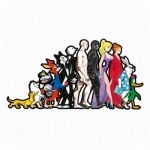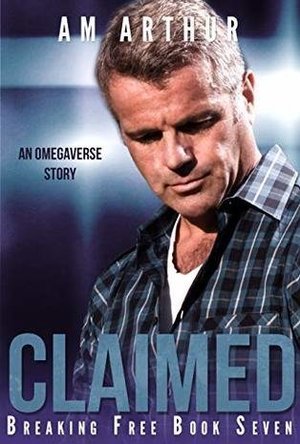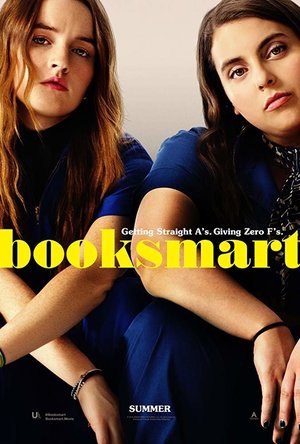Darren (1599 KP) rated Booksmart (2019) in Movies
Oct 12, 2019
Performances – The film is centred on two key performances from Kaitlyn Dever and Beanie Feldstein who shows exceptional chemistry through the film, they also get to show their talents in the individual moments too, with Dever showing the awkward moments her character goes through while Feldstein shines in the over-confidence moments. Billie Lourd goes close to stealing every single scene in the movie, while the rest of the support cast are flawless.
Story – The story follows two high school friends who are ready to take the next step of their lives only to learn that they haven’t had as much fun as the other class mates and decide to spend the last night going for a party like the rest of the students, where they face life’s truths. This is a story that shows us that life needs to have fun, people will be there for people when they need them, only the pair need to learn this before it is too late. It is nice to see that the high schoolers are truly horrible to each other, while most of it is like life, you just don’t get on with everybody, but most of the time you just don’t know their story, their lives or anything about them outside rumours. Set in one 24 hour spell it also shows us just how quickly you can learn about life too.
Comedy – The comedy does come from how over the top certain characters are meant to be, without being anything you would expect to see in real life.
Settings – The film does seem to have a large-scale setting, with all the travelling the characters must do over the single night, it shows how far away the student might live from the school and shows different parties.
Scene of the Movie – Gigi’s boat moment.
That Moment That Annoyed Me – The high school only seems to have one year of students in.
Final Thoughts – This is a delightful look at how difficult for life can be for high school students, they are always trying to fit in and stay in their comfort zones, or trying to impress people, it does have the message about making sure you find time for fun in life too.
Overall: Heartfelt teen comedy.

The Animator’s Survival Kit
Reference and Education
App
World-renowned animator and triple-Oscar-winner Richard Williams presents ‘The Animator’s...

MarginNote Pro
Productivity and Education
App
*** Reading & Studying will NEVER be the same! *** Welcome to MarginNote. This is a highly powerful...

STEINS;GATE HD
Games and Entertainment
App
Since 2009, the STEINS; GATE series has sold over 1,000,000 copies! "STEINS;GATE", based on the...

Finance Formulator
Finance and Business
App
120 different formulas make our FINANCE FORMULATOR perfect for you. Whether you are someone who...

Drum School
Music and Education
App
Advanced groove library and drum learning tool for all levels. Whether you're a beginner or a pro,...

STEINS;GATE HD KR
Games and Entertainment
App
STEINS;GATE has sold over 1,000,000 copies since 2009! "STEINS;GATE", based on the anime currently...

Learn Japanese - Phrasebook for Travel in Japan
Travel and Education
App
**Best Japanese learning app on the go! Ranks above 100 place in Travel section in the App Store in...

Claimed (Breaking Free #7)
Book
University student Demir Higgs is on the fast-track to graduate with honors and dive straight into...
Mpreg Omegaverse M_M

